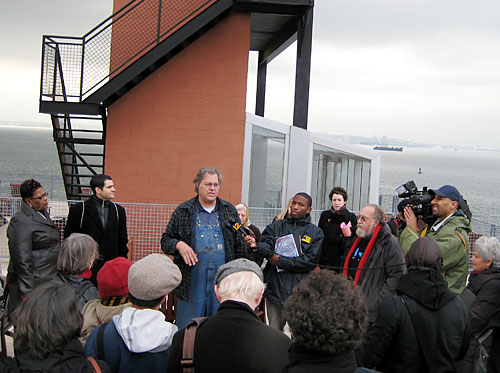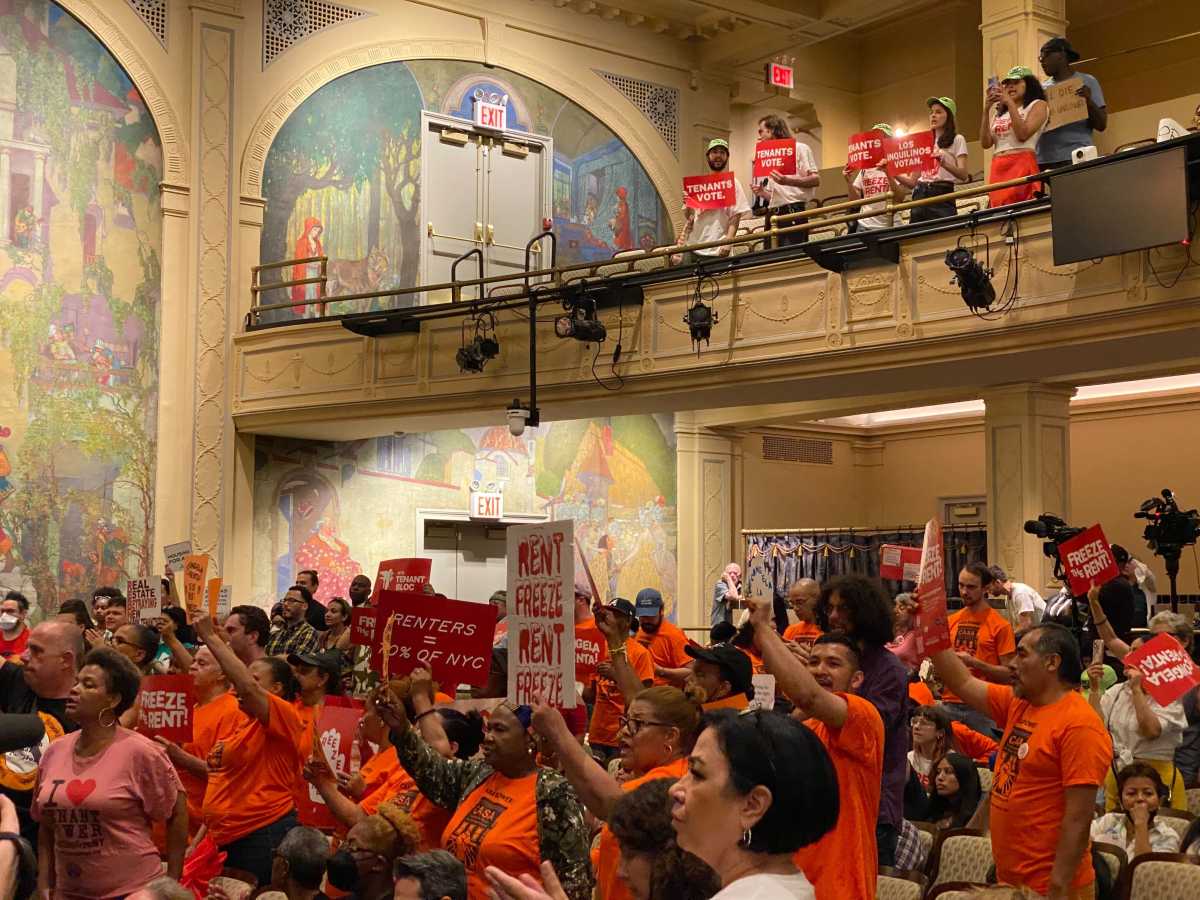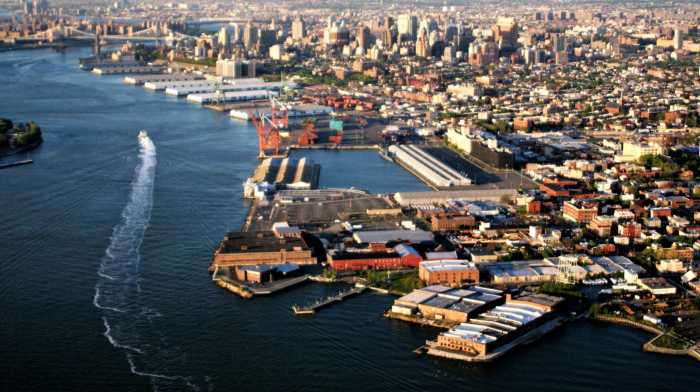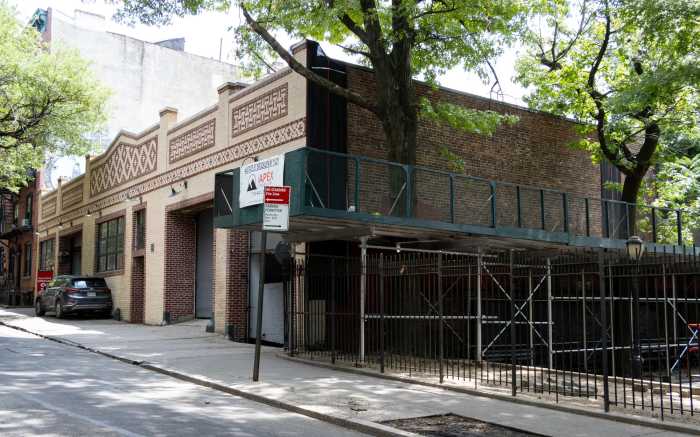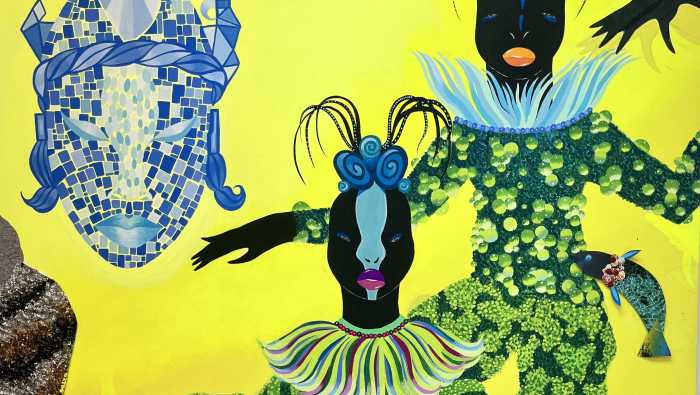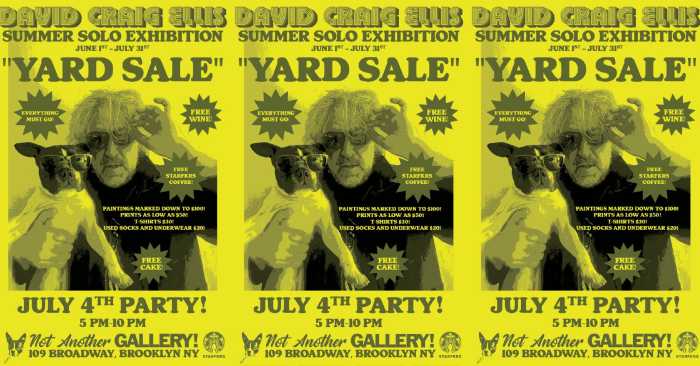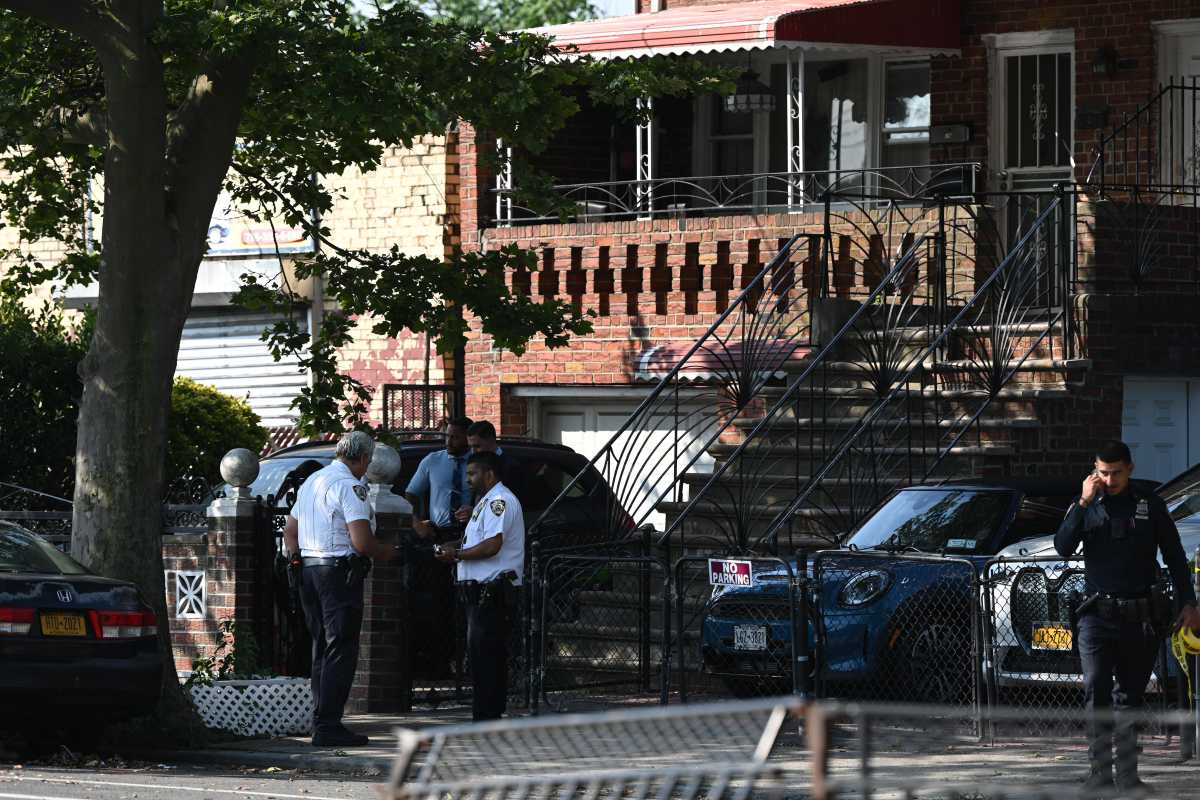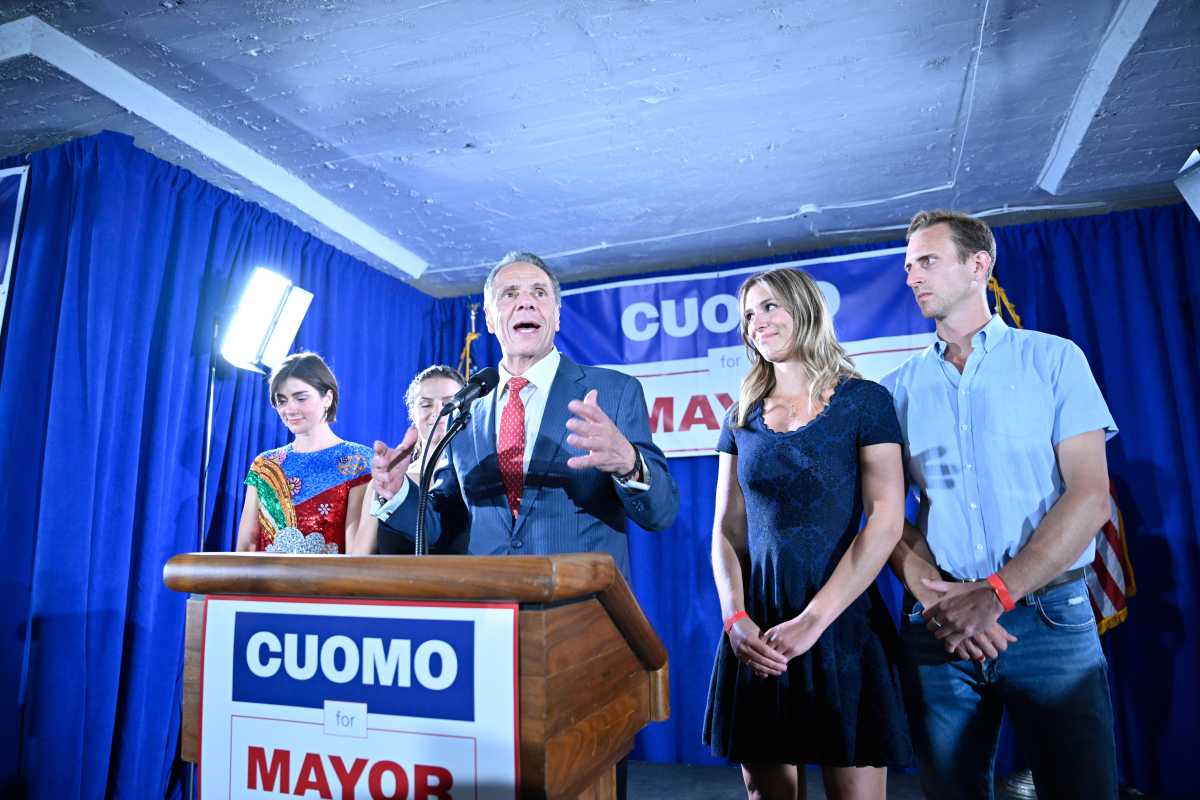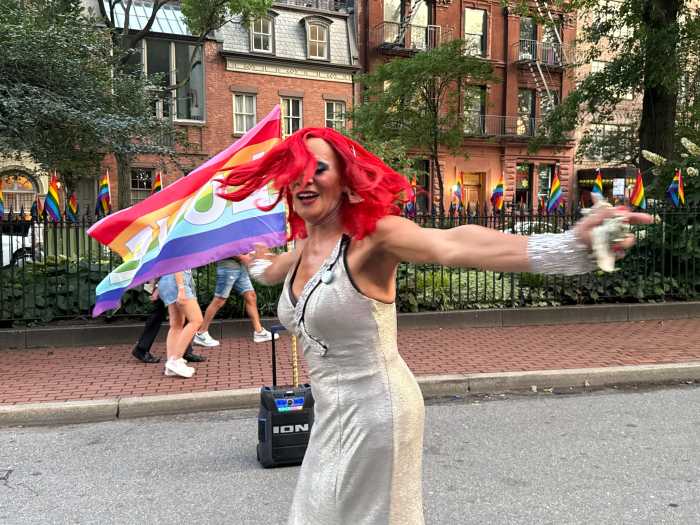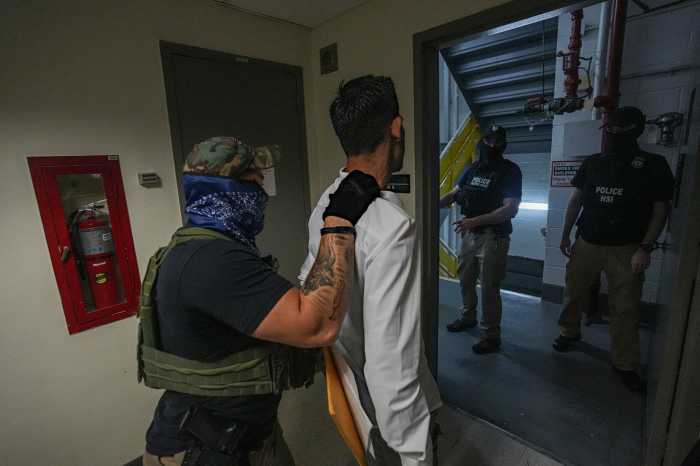The view from the roof of a Civil War–era warehouse in Red Hook was a good place for Berlin-based architects, planners and public policy wonks to ponder the evolution of an urban neighborhood.
“This is a city as I like it,” said Markus Bader, one of the visiting architects.
“Rundown can also be read as rich texture.”
Red Hook caught their attention because of its transition from a post-industrial slumber into a creative cauldron, much like their own working-class neighborhood in transition, Kreuzberg.
The Germans were touring Brooklyn’s waterfront earlier this month for the opening festivities of the Berlin/New York Dialogues, a Center for Architecture exhibit comparing the two cities’ creative landscape.
It seems like Red Hook and Kreuzberg are twins separated at birth.
A period of neglect hit both neighborhoods after their peaks. In their heydays, circa World War II, they were blue-collar settlements, but that gave way to long periods of urban decay. Red Hook’s descent was gradual, but severe, as the neighborhood became associated with crime after the city’s urban renewal plan in 1972 failed to stem job losses on the piers.
“By the late 1970s, it was really a mess,” said Greg O’Connell, a local developer. “It was the kind of place people expected to get mugged.”
Kreuzberg suffered by being on the frontlines in 20th-century Europe. It was bombed during the war and economically strangled in the subsequent 40-year Soviet-American standoff. It was in West Berlin, but the area near the Berlin Wall was an economic dead zone.
“Any industry that was there, couldn’t be there, because the Berlin Wall came through and they had to move out,” said Ring.
Immigrants swelled the local populations, and added some diversity to the cities — Latinos in Red Hook and Turks in Kreuzberg — but the areas remained economically stagnant
Things are clearly on the rebound in both neighborhoods.
The tour through Red Hook was an opportunity for the Berlin and New York groups to see the Fairway supermarket and apartments in the Red Hook Stores building, what Dan Wiley, a staffer for Rep. Nydia Velazquez (D-Gowanus), touted as “the reuse of industrial structures that retains some of the meaning of the original building.”
In Kreuzberg, the same thing is happening. MTV and Universal Studios set up entertainment factories in old, industrial properties.
And some of these corporate newcomers become the center of a firestorm.
The fight to keep Ikea out of Red Hook is well-known here, but Kreuzberg had its own showdown with an international conglomerate — its losing battle with McDonald’s, which opened a branch there this year.



